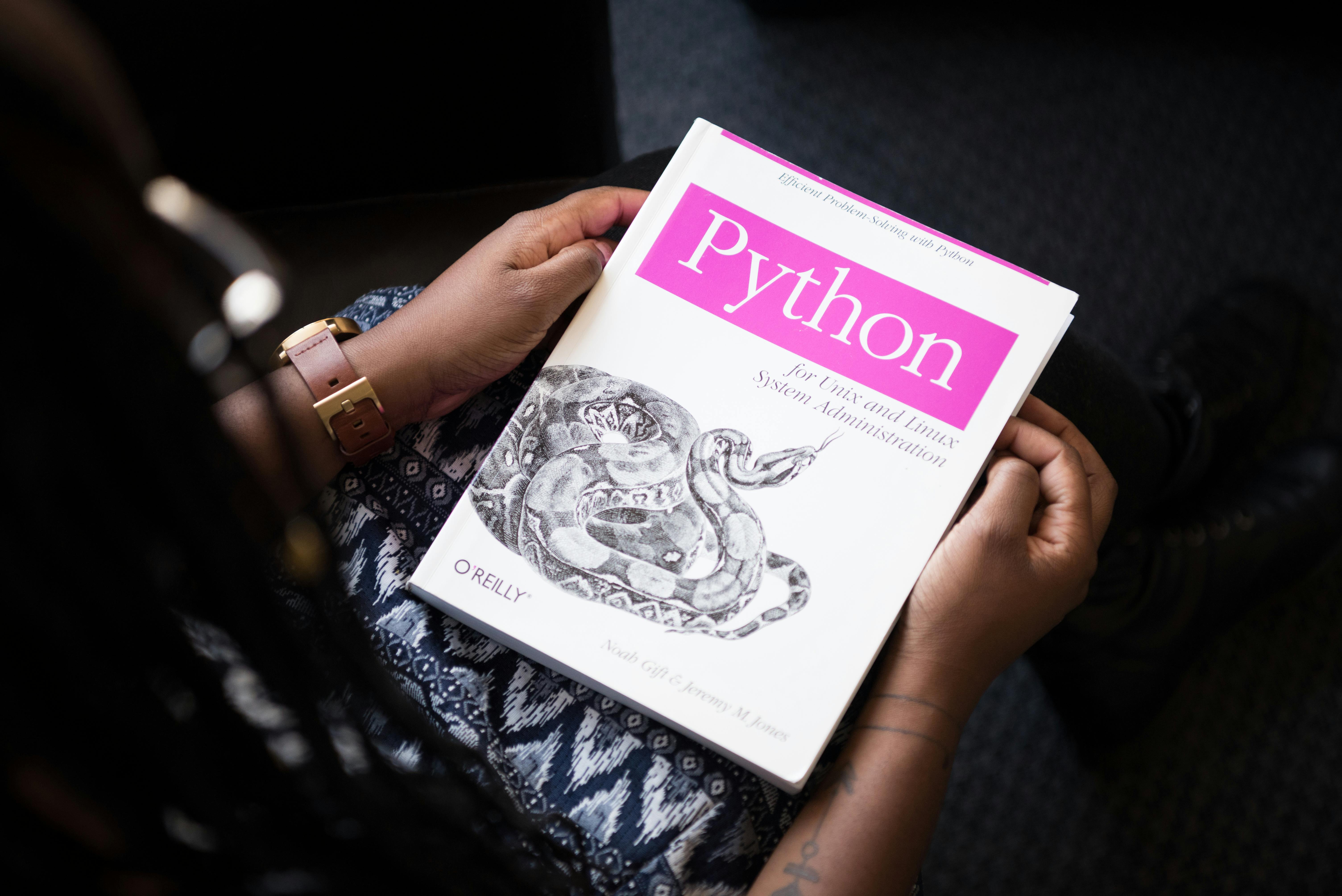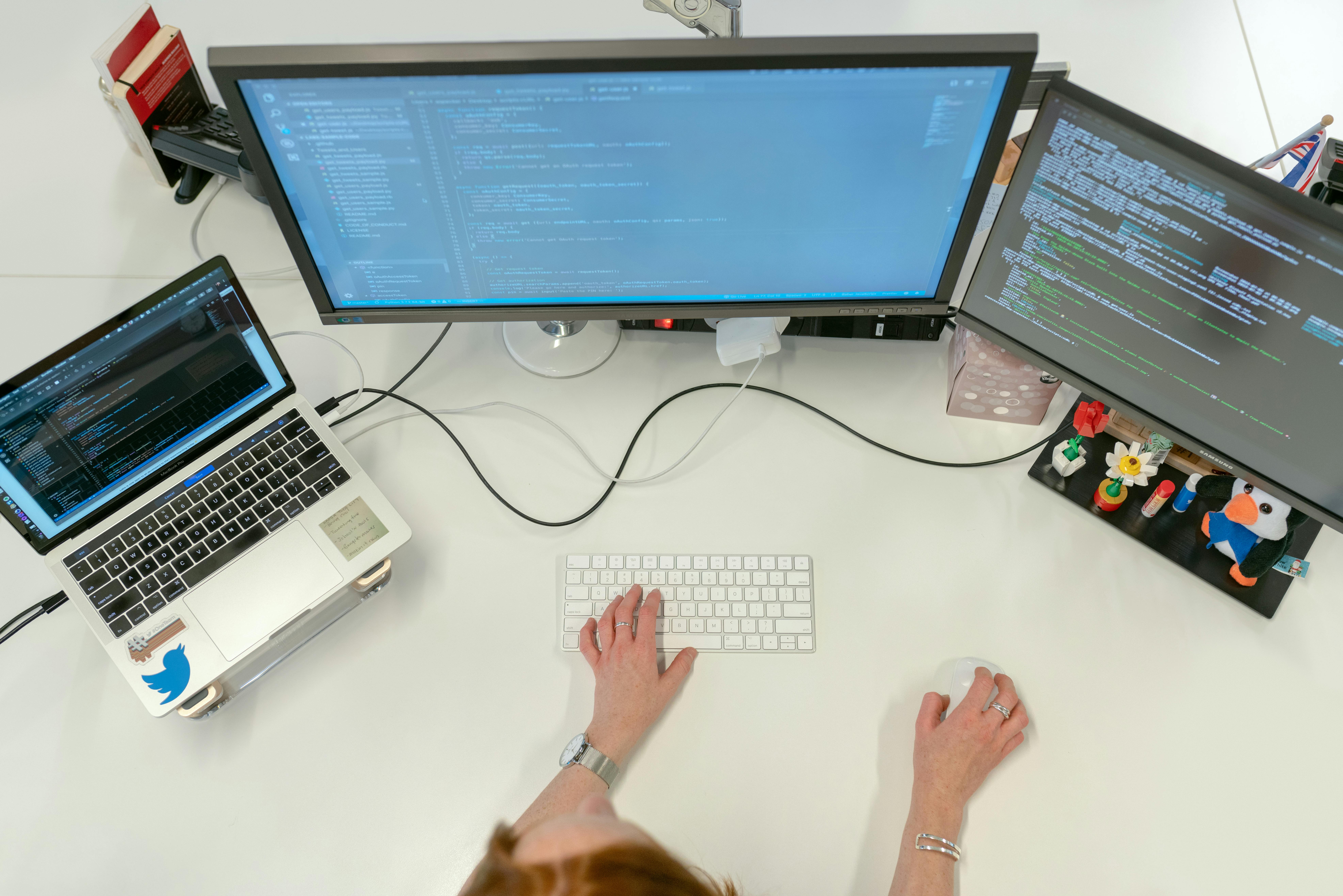Case Study: Integrating Frigate NVR with a Tablet-Based Testing Rig
How we built a robust, automated monitoring and diagnostics solution for Android tablets using Frigate, ADB, and Python.
Case Study: Integrating Frigate NVR with a Tablet-Based Testing Rig
How we built a robust, automated monitoring and diagnostics solution for Android tablets using Frigate, ADB, and Python.
Introduction
In modern device testing environments, real-time monitoring and automated diagnostics are essential for reliability and rapid feedback. This case study explores our integration of Frigate—an open-source NVR with real-time object detection—with a custom Python-based testing rig for Android tablets. The result: a seamless system that detects UI events, logs diagnostics, and provides actionable insights for QA teams.

Problem Statement
Testing Android tablets at scale presents several challenges:
- Detecting UI state changes (e.g., login screen redirects) in real time.
- Collecting device diagnostics (screen timeout, power, WiFi, logs) automatically.
- Centralizing logs for easy review and troubleshooting.
- Minimizing manual intervention to improve efficiency and reliability.
Solution Overview
We designed a solution that combines:
- Frigate NVR for real-time video analysis and event detection.
- Python scripts for event monitoring and ADB-based diagnostics.
- Docker Compose for easy deployment and orchestration.

Implementation Details
1. Frigate NVR Setup
We deployed Frigate in a Docker container, configured to monitor a camera feed from the tablet test environment.
docker-compose.yml
services:
frigate:
image: ghcr.io/blakeblackshear/frigate:stable
ports:
- "5000:5000"
volumes:
- ./config:/config
- ./storage:/media/frigate
environment:
FRIGATE_RTSP_PASSWORD: "tablet2025"
# ...other config...
Frigate’s API provides real-time event data, which our scripts consume.
2. Event Monitoring with Python
The monitor_events.py script polls the Frigate API for motion events specific to the test tablet’s camera. When a relevant event (e.g., a login screen redirect) is detected, it logs the event with a timestamp.
def get_frigate_events():
response = requests.get(FRIGATE_URL, params={'camera': 'tablet_cam', 'limit': 5})
events = response.json()
for event in events:
if event['type'] == 'motion' and event['camera'] == 'tablet_cam':
# Log event

3. Automated Device Diagnostics
The testing_rig.py script extends the monitoring by:
- Checking for connected ADB devices.
- Pulling diagnostics (screen timeout, power state, WiFi status, logcat output).
- Logging all data for later analysis.
def pull_adb_diagnostics():
devices = subprocess.check_output(['adb', 'devices']).decode().strip()
# Pull settings, power, WiFi, and logcat data
# Log results
This script runs in a loop, synchronizing with Frigate event polling.

4. Orchestration and Automation
With Docker Compose, the entire stack (Frigate, scripts, configs) can be brought up with a single command, ensuring reproducibility and easy scaling.
Results & Benefits
- Real-time event detection: Immediate feedback on UI state changes.
- Comprehensive diagnostics: Automated collection of device health and logs.
- Centralized logging: All events and diagnostics are timestamped and stored for review.
- Easy deployment: Docker Compose simplifies setup and scaling.
Key Takeaway for Non-Technical Readers
Automating device testing with smart cameras and scripts means fewer errors, faster results, and less manual work. This approach helps teams catch problems early, keep devices running smoothly, and focus on what matters most—delivering a great user experience.
Conclusion
By integrating Frigate NVR with custom Python automation, we created a powerful, extensible platform for Android tablet testing. This approach can be adapted for other device types and testing scenarios, providing a blueprint for robust, automated QA pipelines.
Next Steps
- Integrate with CI/CD for automated test runs.
- Add alerting/notifications for critical events.
- Expand to support multiple device types and camera feeds.

Want to learn more or see the code? Contact us or check out the repository!